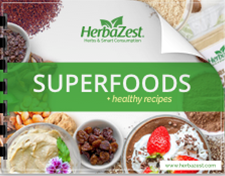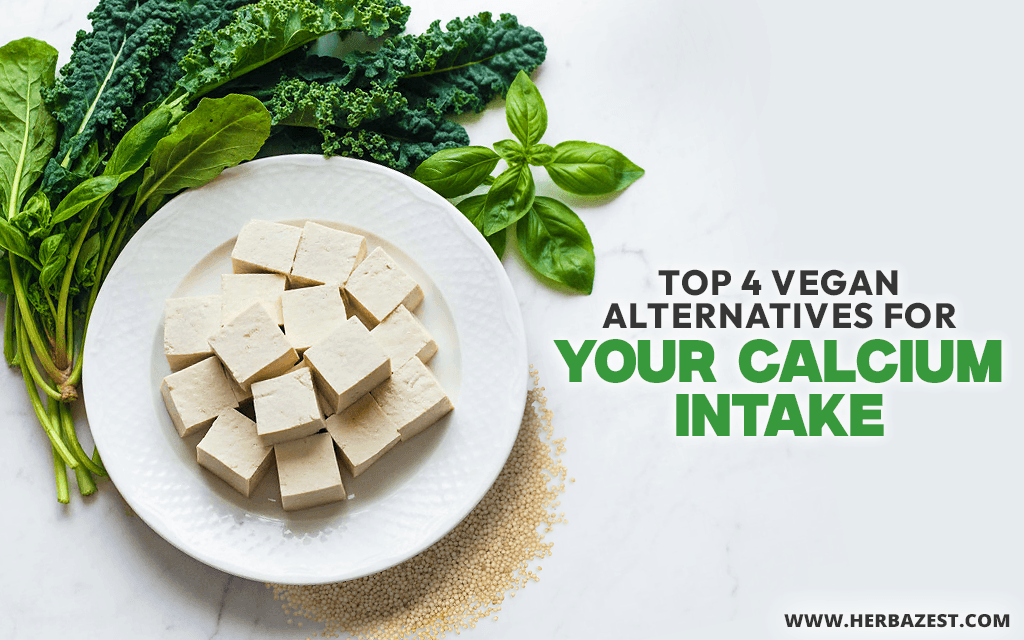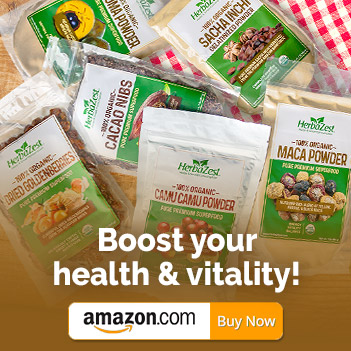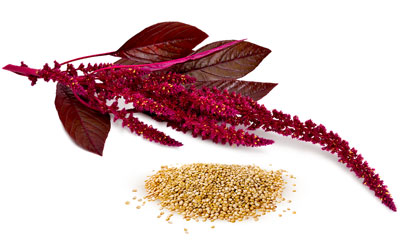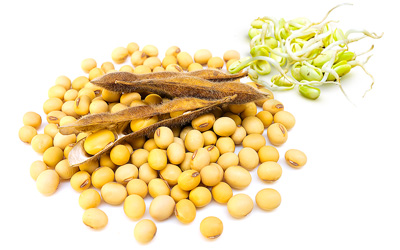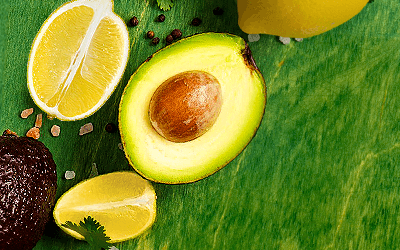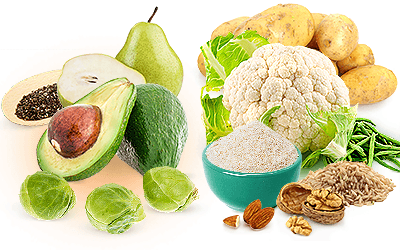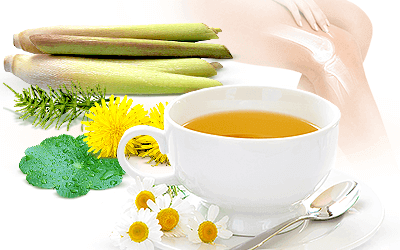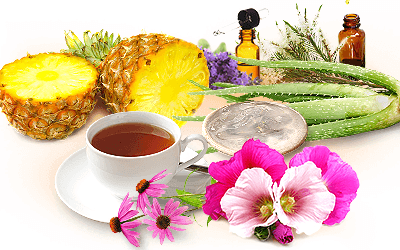Veganism is a dietary preference characterized by the avoidance of meat, fish, dairy, eggs, and honey. People become vegan for many reasons, most of which are related to ethics, health, or the environment.
A common concern when it comes to veganism is adequate intake of calcium.1 Calcium is most popularly consumed in dairy products, such as yogurt, cheese, and milk, but the truth is dairy isn't the only - or even the richest - source. There are many plant sources of this essential mineral, some containing equal or even greater amounts than a glass of milk. Find out the best calcium-rich plant foods below.
1. Amaranth (Amaranthus caudatus)
Members of the Amaranth genus can be traced back to different locations throughout the Americas, from south of the Sonora desert and down to the southern Andes. They have been enjoyed by various native cultures for millennia, including the Aztecs who were so fond of their local amaranth variety that they believed this small grain brought about supernatural powers.
Amaranthus caudatus, known as kiwicha, is a species native to the central branch of the Andes (South America) that is particularly prized for its nutritional content. It offers more calcium than wheat, providing about 4% of your recommended daily intake (RDI) per 100 grams2. On top of that, it is an excellent source of protein, fiber, and manganese. This seed-size grain is a great calcium-dense replacement for oatmeal in the morning, a delicious addition to soups and stews, and a crunchy topping for hearty salads.
2. Basil (Ocimum basilicum)
If you are wondering how to add more flavor to your vegan pizza or pasta, basil is the best one for the job. It is one of the most calcium-dense herbs out there, and the great thing about it is that you probably already have it sitting in your kitchen. Evry 100 grams of fresh basil contains about 15% of the RDI3 as compared to 20% in cheese. It is also packed with vitamin K without which, calcium cannot find its way to the structural protein matrix of the bones.
3. Soy (Glycine max)
Benjamin Franklin, also known as the president that made it to the hundred dollar bill, was a vegetarian for a while and introduced tofu to the United States in 1770.
Soy products are the holy grail of many vegans. These little beans can be transformed into everything from meat replacements, like tofu and tempeh, to milk, butter, yogurt, and even ice cream. 100 grams of firm tofu provide around 58% of your RDI of calcium4, while fortified soymilk has the same calcium and vitamin D content as cow's milk, around 30% of the RDI. Enjoy this low-fat, cholesterol-free meat or dairy replacement with the reassurance that your calcium needs are being taken care of.
4. Broccoli Rabe (Brassica rapa subsp. rapa)
Broccoli rabe, also known as rapini, consists of the leaves, stems, and buds of the turnip family vegetable. While the buds resemble broccoli, they never quite grow as large in size. Broccoli rabe may be slightly bitter, but it is worth adding it to meals due to the fact that it contains about 9% of your RDI of calcium when cooked5. It is especially delicious when paired with sautéed with garlic and olive oil.
While it is certainly true that following an imbalanced plant-based diet can lead to nutritional deficiencies, adding a rich variety of fruits, vegetables, legumes, and whole grains to your meals will get more than enough calcium and other key nutrients. Unfortunately, some vegans who are unaware of the best sources can become deficient, so it is a good idea to get a blood test once in a while to maintain optimal health.
Sources
- NYU Langone Medical Center, Vegan Diet, 2013
- Office of Dietary Supplements, Calcium, 2013
Footnotes:
- National Institutes of Health. Calcium - Fact Sheet for Consumers. Retrieved January 26, 2021 from: https://ods.od.nih.gov/factsheets/Calcium-Consumer/
- FoodData Central. Amaranth grain, cooked. Retrieved January 26, 20201 from: https://fdc.nal.usda.gov/fdc-app.html#/food-details/170683/nutrients
- FoodData Central. Basil, fresh. Retrieved January 26, 20201 from: https://fdc.nal.usda.gov/fdc-app.html#/food-details/172232/nutrients
- FoodData Central. Tofu, raw, firm, prepared with calcium sulfate. Retrieved January 26, 20201 from: https://fdc.nal.usda.gov/fdc-app.html#/food-details/172475/nutrients
- FoodData Central. Broccoli raab, cooked. Retrieved January 26, 20201 from: https://fdc.nal.usda.gov/fdc-app.html#/food-details/1103085/nutrients
